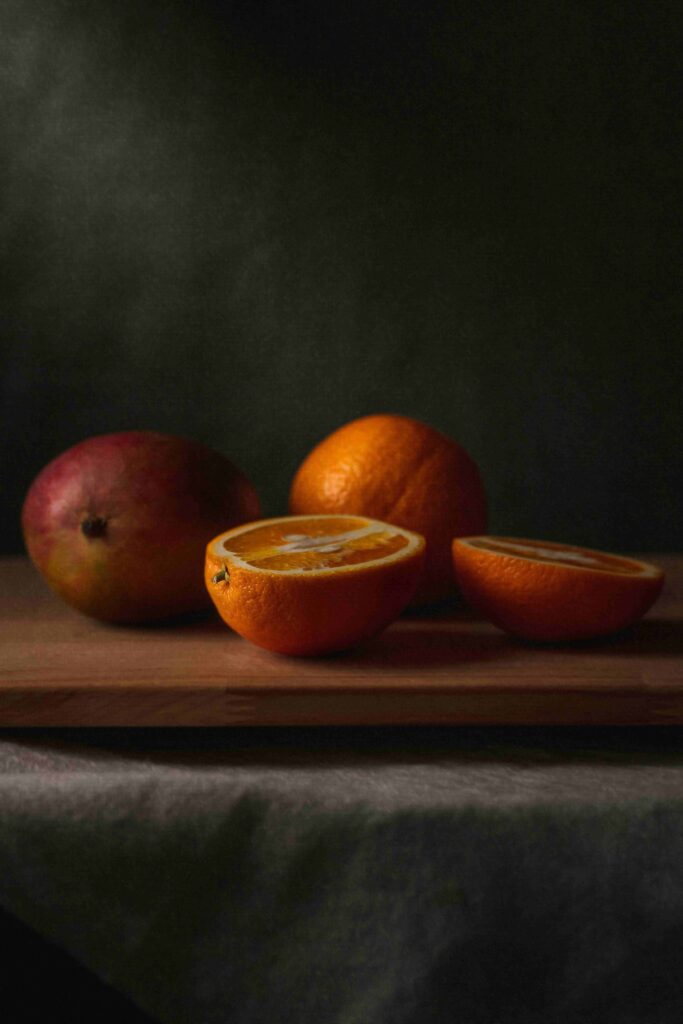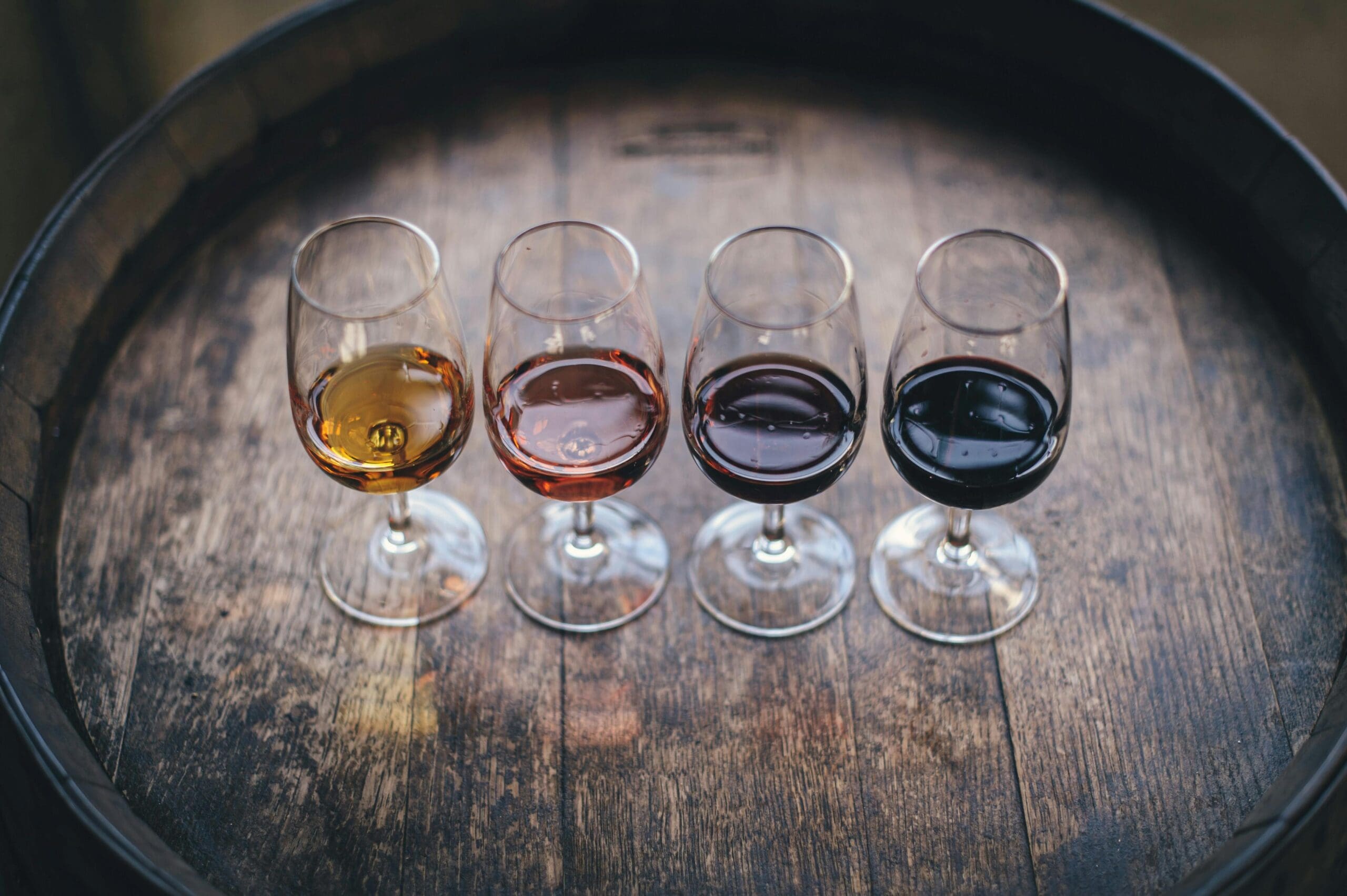Savories: Dieting with Roland Barthes One New York Spring
Second Installment
Author’s Memo
In this final installment, I recount my second month dieting with Roland Barthes. As I explained in my previous memo, the late French theorist never created a full-fledged diet. However, his remarks on food and drink accompanied my two-month nutritional experiment in the spring of 2022. I began the Barthes diet, as I explained in the first installment, by reducing cereals and legumes. Yet I soon supplemented that dietary restriction with four dietary approaches, derived from Barthes’s work. They helped me to cultivate a minimalist style of consumption without sacrificing the pleasure that accompanies eating and drinking.
Like the first installment, this one combines reflection with revised extracts from my food journal. My journal not only documented my nutritional intake but also afforded opportunities to contemplate food as a cultural phenomenon. This piece thus straddles three autoethnographic forms: “reflexive ethnography,” “layered account,” and “personal narrative” (Ellis et al., 2011, section 4.1, paras. 5, 6, and 10). If readers enjoyed the first course, I hope that they find the second one just as palatable.

Unexpected Successes
My second month on the Barthes diet presented new challenges along with unanticipated rewards. I strived to adhere to the four dietary approaches that I had created in mid-April and detailed in the first installment. They were mostly inspired by The Neutral, Barthes’s (2002/2005) seminar on an ethical posture that disrupts paradigmatic thinking. For example, I calibrated my wine drinking so that I would arrive at but not beyond the optimal point. There, De Quincey (1990) explained, the grape heightens rather than dissipates the mind (p. 41). In so doing, I hoped to achieve the Neutral. Somewhat facetiously, I wondered whether bubbly might do the trick. After all, Barthes (2002/2005) described the Neutral “as a bubbling up” of “nonparadigmatic intensities,” an effervescence we associate with “champagne foam” (p. 197).
To test that hypothesis, I ordered sparkling wine one late April afternoon at The Rookery, a Brooklyn restaurant. I admired the fizzy lacing along the sides of my glass as bubbles spewed capriciously from its center. The wine, cold and light, bore a rich, velvety texture that invited without taxing my tongue. I won’t claim that, in sipping it, I attained the Neutral. But a week later, coming off a weekend of excessive drinking, I dined again at The Rookery, that time with unforeseen success.
28 April 2022
I carefully transported my glass of sparkling wine to a cozy chair on the patio. Despite the wind chill, the noonday sun offered light and warmth. From the bar indoors, I heard gentle pop music. From nearby diners, I caught French, German, and English. As the wind scattered cherry-tree blossoms, I slowly ate my salad, a lightly dressed mix of vegetables, while occasionally sipping my wine, savoring its crisp texture. Now and again, I paused to marvel at the bubbles that danced in my glass. Like Barthes’s (1957/1990) fellow wine-drinking French, I imbibed the bubbly “as the spinning out of a pleasure” (p. 59). Relishing the varied emotions and sensations that greeted me at every turn, I unexpectedly arrived at the Neutral.
New Challenges
Not long after that breakthrough, I faced two dietary dilemmas. First, I succumbed to peer pressure of an alimentary sort. Barthes (1995) argued that social interactions can pose challenges for dieters (p. 1242). Bearing out that truth, I dashed into a local bar one afternoon for a drink. But, joining a lively conversation with new acquaintances, I left after two. The next day, while eating in Brooklyn, I withstood the temptation to emulate my fellow diner, who feasted on succulent wings and craft beers. Steadfast, I was content with soup and salad, peanuts and red wine. A couple of days later, having already consumed sufficient food and drink, I attended an evening art exhibit. Once I saw the makeshift bar, I couldn’t resist. Later a friend suggested dining nearby. Selecting the salmon, fries, and red wine, the best options I could identify, I left the restaurant heavy and dejected.
My understanding of nutritional basics also lapsed. Coining the term “nutritional consciousness,” Barthes (1961/1997) explained that we’ve been enlisted, experts and non-experts alike, to be cognizant of our food intake (p. 25). Just days after passing up wings for peanuts, I learned from an Internet search that the peanut is a legume. A few days later, taking a closer look at a bag of mixed nuts, I noticed that it contained peanuts. The next day, preoccupied with asking the server to hold the chick peas on my salad, I overlooked the lentils. Indeed, it seemed that every time I surfed the Internet or consulted a food label, I discovered I had inadvertently deviated from my diet. Rather than empowered by the new information, I felt disappointed by my failure. Those shortcomings notwithstanding, I realized by early May that I had achieved one of my original dietary goals.
7 May 2022
Barthes (2002/2013) asserted that “our body is historical” (p. 104). Applying his comment to my own body, I ponder its scars, both physiological and psychological. I was obese by the age of five. But the year I turned twenty, I lost fifty pounds. Since then, my weight has only slightly fluctuated. Before going on the Barthes diet, I detected a slight pudginess at my waistline. I chalked it up to middle age. In truth, my transition a few years ago from wine to beer as my drink of choice was mostly to blame. Thanks to my new diet, my jeans have become noticeably looser. Barthes (2002/2005) claimed that “to live thin . . . [is] to live the Neutral (merrily)” (p. 180). And joyful I’ve been every time I’ve looked in the mirror.
Renewed Commitment
The following Monday, I resolved to devote each of the next four days to a different dietary approach. Tuesday, following the first approach, I successfully ate and drank lightly and minimally. Wednesday, on campus for a pre-commencement activity, I attended a faculty reception. While making small talk, I consumed cheese, meat, and light wines, avoiding pizza, beer, and other carbohydrate-laden offerings. “Baffl[ing] the paradigm” (Barthes, 2002/2005, p. 6), I chose neither starvation nor satiation.
Thursday, after commencement, I took the subway to Brooklyn for beer. Striving to cherish what I ingested without dwelling on what I forsook, I monitored my drinking and eating. However, at the last minute, I couldn’t ignore the chicken slaw on the menu. Friday I searched for food and drink with maximum affect but minimum density. To that end, I selected sparkling wine and exquisite meringue delicacies. Although an unexpected cereal lurked in one them, the delicate feast left me light and buoyant.
Final Reflection
As my two-month project drew to a close, I took stock of my successes and failures on the Barthes diet. I was pleasantly surprised by how easily I had followed the solid part of my regime. I credited much of my success to my previous diet, which occasionally included wheat bread but rarely rice, pasta, and the like. However, in reducing cereals to almost none, I substituted processed meat and stumbled on legumes. The liquid part of my diet was a mixed bag. On the one hand, my single-greatest success was shifting from beer to wine. On the other hand, my journal made me mindful of my gluttony. I aspired in the future to approach alcohol not as a free-for-all but as an experience.
My adherence to the four dietary approaches was also uneven. With a few exceptions, I observed the first three in my eating, but the fourth one usually eluded me. Rarely designed for utmost sensation or emotion, my meals became repetitious, even insipid. To compensate, I decided to designate one day a week for a special food and one for a special beverage. With those plans in place, I concluded my food journal with a meditation on a term that fascinated me throughout this project.
18 May 2022
While eating my salad, I mull over a curious phrase from The Neutral, “tenuous but . . . savory identity” (Barthes, 2002/2005, p. 151). Earlier today, I studied savory, the word that, for me, deserved further scrutiny. I first consulted the seminar’s French version only to discover that the original phrase was, unhelpfully, “identité ténue mais . . . savoureuse” (Barthes, 2002, p. 194). I then turned to the OED. There I learned that the adjective savory refers to foods and beverages that are salty and spicy rather than sweet (Oxford University Press, 2022, definition A.3). More generally, but relatively rarely, it means a taste, a smell, or something else that’s pleasing (definitions A.1.a-c). The word can even refer to upright behavior (definition A.1.d). When I consulted a French dictionary, I noted that savoureuse refers to something pleasantly flavorful or figuratively spicy (Le Robert, 1990, p. 1773).
With that lexical foray as well as with the insights from my nutritional journey (see especially the first installment, sections on The Second Two Weeks), I venture an explication of “tenuous but . . . savory identity” (Barthes, 2002/2005, p. 151). This identity embraces senses and emotions. They come from light but flavorful food or drink. They perhaps also come from cherished memories, amorous attachments, and other pleasurable experiences. Unmoved by the world’s demands, this identity is not a possession or an accomplishment. Instead, as I’ve learned, it a process of continual self-reflection. I now conclude this journal and put down my pen and fork.
References
Barthes, R. (1990). Mythologies (A. Lavers, Ed. and Trans.). The Noonday Press. (Original work published 1957)
Barthes, R. (1995). Entretien [Interview]. In É. Marty (Ed.), Oeuvres complètes [Complete works] (Tome [Volume] III: 1974-1980, pp. 1241-42). Éditions du Seuil.
Barthes, R. (1997). Toward a psychosociology of contemporary food consumption. In C.
Counihan & P. Van Esterik (Eds.), Food and culture: A reader (pp. 20-27). Routledge. (Original work published 1961)
Barthes, R. (2002). Le neutre [The neutral]. Notes de cours au Collège de France, 1977-1978 [Notes from the course at the Collège de France, 1977-1978]. Éditions du Seuil.
Barthes, R. (2005). The neutral. Lecture course at the Collège de France, 1977-1978 (R. Krauss & D. Hollier, Trans.). Columbia University Press. (Original work published 2002)
Barthes, R. (2013). How to live together: Novelistic simulations of some everyday spaces. Notes for a lecture course and seminar at the Collège de France, 1976-1977 (K. Briggs, Trans.). Columbia University Press. (Original work published 2002)
De Quincey, T. (1990). Confessions of an English opium-eater and other writings (G. Lindop, Ed.). Oxford University Press.
Ellis, C., Adams, T., & Bochner, A. (2011). Autoethnography: An overview. FQS, 12(1). https://doi.org/10.17169/fqs-12.1.1589
Le Robert. (1990). Savoureux, euse, adj. [Savory, adj.]. In Le petit Robert 1 (A. Rey & J. Rey- Debove, Eds.; p. 1773).
Oxford University Press. (2022). Savoury/savory, adj. and n. In OED online. Retrieved October 9, 2022, from www.oed.com/view/Entry/171498
Credits
Featured Image by Maksym Kaharlytskyi for Unsplash
Image of oranges by Arvid Skywalker for Unsplash
Learn More
New to autoethnography? Visit What Is Autoethnography? How Can I Learn More? to learn about autoethnographic writing and expressive arts. Interested in contributing? Then, view our editorial board’s What Do Editors Look for When Reviewing Evocative Autoethnographic Work?. Accordingly, check out our Submissions page. View Our Team in order to learn about our editorial board. Please see our Work with Us page to learn about volunteering at The AutoEthnographer. Visit Scholarships to learn about our annual student scholarship competition.
Eric Daffron is a professor of literature at Ramapo College of New Jersey, where he teaches gothic literature and literary theory, among other subjects. His recent scholarship has focused on the gothic novel, Michel Foucault, Roland Barthes, autotheory, and issues concerning sexuality and the body.











